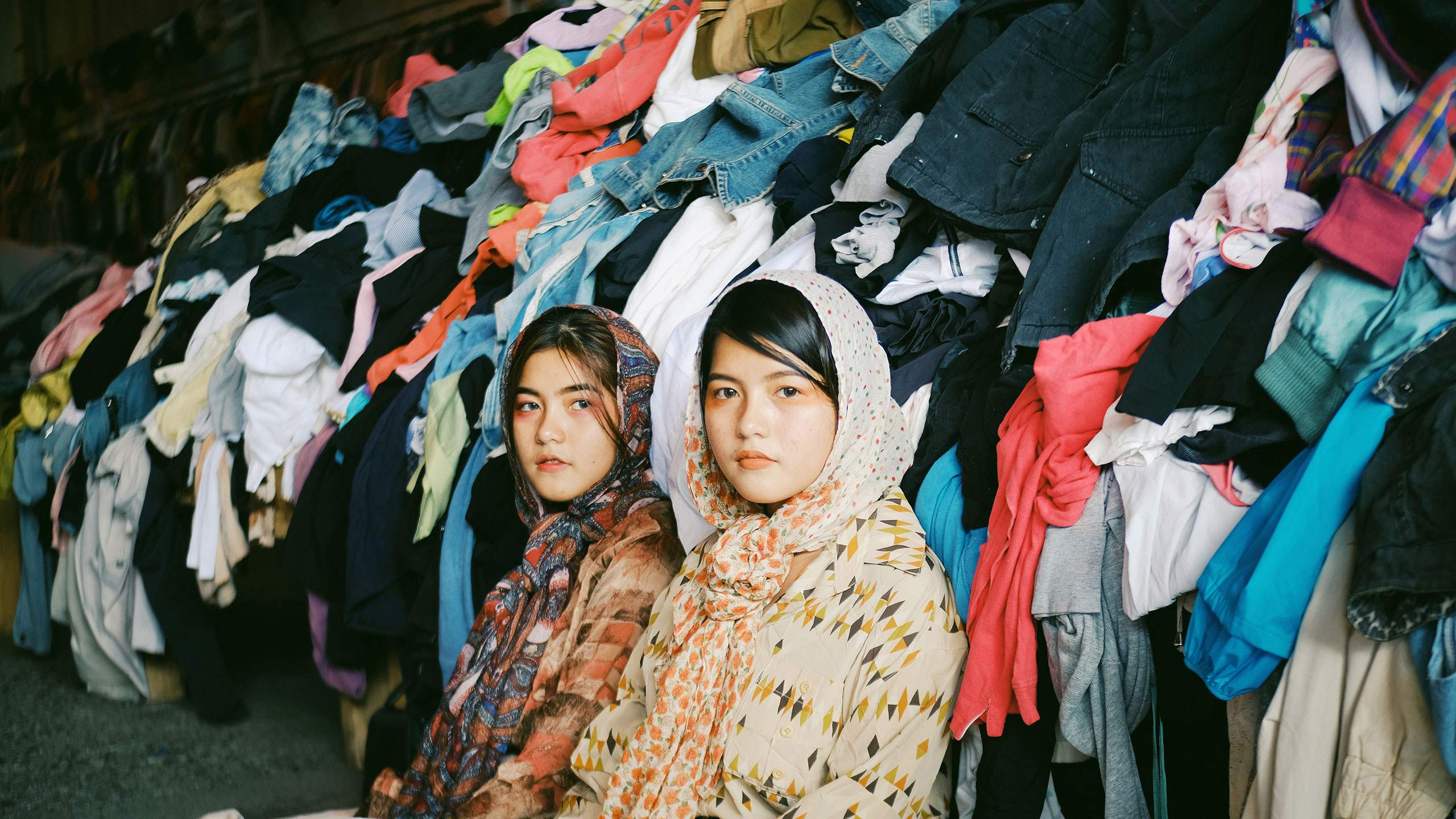
First things first, product longevity is the key to sustainable consumption: the longer an item is in use, the longer it takes to be discarded and replaced, thereby saving on resources and minimising waste. As oft-quoted, the most sustainable garment is the one already hanging in your wardrobe – and both businesses and consumers alike are capitalising on this opportunity.
According to the 2019 Resale Report by thredUP, the world’s largest online thrift store, the secondhand clothing market has grown 21 times faster than apparel retail over the past three years and, at this rate, is set to overtake fast fashion. The thrill of the search at charity shops, carboots, flea markets and ebay is still going strong, but it’s the rise of easy-to-browse online social/community marketplaces like Depop, Poshmark, Etsy and Grailed that clearly indicate that the stigma around used apparel has slipped away.
Taking this on board, brands such as Patagonia’s Worn Wear and The North Face Renewed offer refurbished clothing: returned, damaged and/or defective garments that are professionally cleaned and repaired, then sold at a reduced price. Nine out of ten retailers hope to offer resale by 2020 as stated in thredUp’s report, giving them an extra opportunity to boost revenue, as well as sustainability and customer loyalty. More and more retailers have introduced take back schemes for reuse and recycling, from H&M to Marks & Spencer, Eileen Fisher and Levi’s, rewarding customers with discount vouchers as an incentive to return their clothing after use.
Like cars and houses, clothes too are now part of the sharing economy. Where garment rental was once limited to formal occasions, today everything from kids clothing to maternity wear can be leased, and disruptive subscription services allow commitment-phobes to keep their wardrobes up-to-date without running out of storage space. Spearheading the movement, Rent the Runway has offered unlimited looks for a monthly subscription fee since 2009 – a model that is also being adopted by brands and retailers: such as Scotch & Soda and Urban Outfitters with their Scotch Select and Nuuly subscription services respectively.
Apps such as the aptly-named Rent my Wardrobe (Dallas, Texas) and Tulerie (USA) allow users to share clothes with other users within their geographic region. The advantages are two-way: users save money on new outfits and can make money by listing their own, furthermore as a localised peer-to-peer operation, this eliminates warehouse storage, seasonal inventory management issues, and keeps delivery costs to a minimum.
On the subject of shipping, Mistra Future Fashion claims that in Sweden, consumer transport – i.e. driving a car to the shops – accounts for 11% of a garment’s climate impact. This is considerably less than production, which comes in at 80% but still greater than distribution and retail at 3%. Whether the carbon footprint generated by e-commerce is much better than shopping offline is hard to measure (considering additional factors such as extra packaging, data centre energy usage and speedy delivery) however “nearshoring consumption” and going to the shops or sending deliveries by bike or foot would cut down the climate impact considerably.
At a time where experiences are valued over possessions and Marie Kondo is the patron saint of decluttering, brands and retailers can do well to invest, educate and empower their customers. This could mean offering services such as free alterations and repairs to extend the service life of garments, as well as “experiential retail” events, like the upcycling workshops led by hot young designers at the 50m concept store and communal fashion space in London. Savvy shoppers-cum-renters/sellers are also seeing apparel as investments, which in theory should be encouraging the purchase and careful maintenance of higher quality garments.
Ultimately, whether online or offline, B2C or C2C, the simple answer to sustainable consumption is just buying less – and brands need to respond to the smarter consumer by offering durable goods and eliminating overproduction.
Written by Mairi Hare as part of a collaboration between Sourcebook GmbH and Texpertise Network.